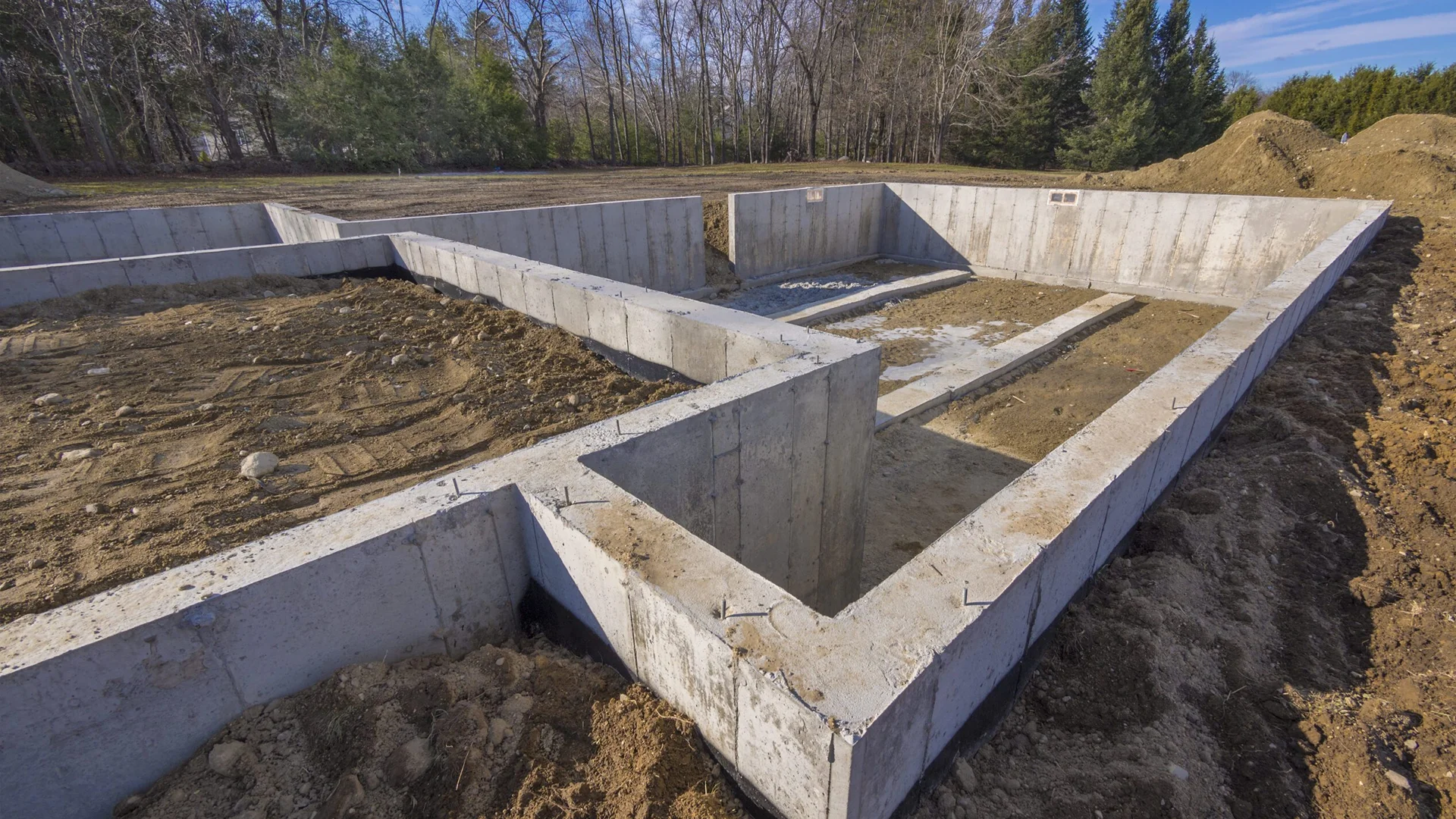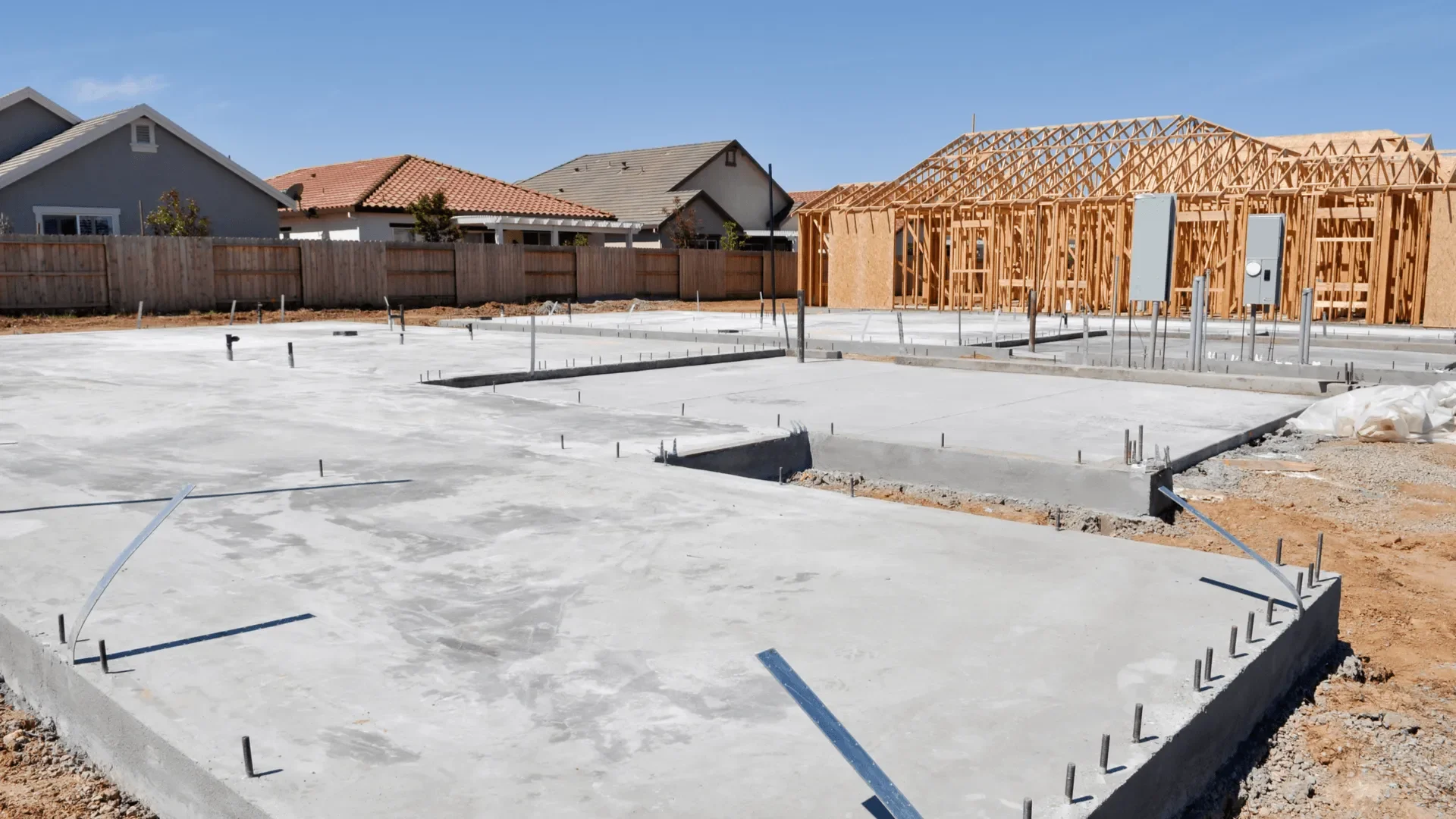Unlocking the Ground: The Importance of Bearing Capacity Analysis
When it comes to construction, the ground beneath your feet is more than just dirt; it’s the foundation of your project. Bearing Capacity Analysis is a crucial step in understanding the strength of soil and ensuring that your structures stand the test of time. For builders, architects, and owner-builders alike, grasping the intricacies of soil strength can mean the difference between a successful build and costly complications.
In this blog post, we delve into Bearing Capacity Analysis: Understanding Soil Strength, a vital aspect of civil engineering that directly impacts your projects. This analysis helps determine how much weight the ground can support without risking failure, making it essential for safe and effective construction. By understanding this concept, you can make informed decisions that enhance the durability and safety of your designs.
Throughout this article, we will cover key elements of bearing capacity, the methods used to assess soil strength, and the implications of these analyses for your construction projects. We will also explore how Engineering Sydney can assist you in navigating these technical aspects, ensuring that your projects are built on solid ground.
Understanding bearing capacity is not just about compliance; it’s about delivering value and safety to your clients. A thorough analysis can save you from expensive remediation work down the line and provide peace of mind that your structures will remain safe and functional for years to come. Civil Engineering encompasses many specialties, and grasping the fundamentals of soil strength is a cornerstone of effective practice.
At Engineering Sydney, we specialise in civil engineering solutions tailored to your needs. With our extensive experience and commitment to excellence, we ensure that your projects are underpinned by robust analysis and innovative design. If you’re looking for expert advice or assistance with your next project, don’t hesitate to contact us today!
What is Bearing Capacity Analysis?
Bearing Capacity Analysis is a critical component in civil engineering, particularly when it comes to understanding soil strength. Essentially, it refers to the process of determining the maximum load that soil can safely support without experiencing failure. This analysis is vital for ensuring that structures, such as buildings and bridges, are founded on stable ground that can handle their weight without risk of collapse.
There are several key characteristics that define Bearing Capacity Analysis. It involves evaluating various factors such as soil type, moisture content, and depth of the foundation. Engineers use specific calculations and testing methods to assess the soil’s properties, ensuring that it can bear the intended loads. For instance, sandy soils may have different bearing capacities compared to clay soils, which is essential information when designing foundations.
In the broader context of Civil Engineering, Bearing Capacity Analysis is indispensable. It directly impacts the safety and stability of infrastructure projects. Imagine trying to build a skyscraper on loose sand; without proper analysis, it would be like stacking a house of cards—eventually, it would come crashing down. By understanding soil strength, engineers can make informed decisions about the design and materials used, which ultimately leads to safer structures.
Key Terms to Understand Bearing Capacity Analysis
To fully grasp the intricacies of Bearing Capacity Analysis, it’s essential to familiarise yourself with some key concepts. Here’s a rundown of important terms that will enhance your understanding of soil strength and its implications in civil engineering projects.
Bearing Capacity
The maximum load per unit area that the soil can support without failure or excessive settlement. It is a crucial factor in determining the design and safety of structures built on or in the ground, such as buildings and bridges. Understanding bearing capacity is vital for ensuring that your project is safe and stable, preventing costly failures in the future.
Soil Types
Different classifications of soil, such as clay, silt, sand, and gravel, each with unique properties that affect their load-bearing capabilities. Knowledge of soil types is fundamental to Bearing Capacity Analysis as it influences how structures interact with the ground beneath them.
Settlement
The downward movement of a structure due to compressibility of the soil. It can be immediate or occur over time, and understanding the potential for settlement is critical in ensuring that your building remains stable throughout its lifespan.
Shear Strength
The resistance of soil to shearing stresses, which is vital for preventing structural failure. It directly impacts the bearing capacity and is essential for predicting how soil will behave under load.
Load Factors
Multipliers used in structural engineering to account for uncertainties in load predictions, including dead loads and live loads. These factors are crucial in Bearing Capacity Analysis to ensure that designs meet safety standards.
Soil Compaction
The process of increasing the density of soil by reducing air gaps, which enhances its load-bearing capacity. Proper compaction is essential for ensuring that your foundation can support the intended loads effectively.
Foundation Types
Various designs of structures that transfer loads from a building to the ground, such as shallow and deep foundations. The choice of foundation type is influenced by the soil’s bearing capacity and plays a significant role in overall structural integrity.
The Advantages and Disadvantages of Bearing Capacity Analysis
When it comes to understanding soil strength, Bearing Capacity Analysis plays a crucial role in civil engineering. However, like any process, it comes with its own set of advantages and disadvantages that you should consider before proceeding.
Pros
Enhanced Construction Safety
One of the primary benefits of conducting a Bearing Capacity Analysis is the improved safety it provides. By accurately assessing soil strength, engineers can ensure that structures are built on solid ground, significantly reducing the risk of catastrophic failures.
Cost-Effective Solutions
Investing in a thorough Bearing Capacity Analysis can lead to cost savings in the long run. By identifying potential issues early, such as soil instability, you can avoid expensive remedial work and delays during construction.
Informed Design Decisions
A detailed analysis allows engineers to make informed decisions regarding design and materials. Understanding soil characteristics ensures that the right foundations are selected, optimising the stability and longevity of the structure.
Compliance with Regulations
Conducting a Bearing Capacity Analysis helps ensure that your project complies with local building codes and regulations. This is crucial for obtaining the necessary permits and avoiding legal complications.
Tailored Engineering Solutions
With accurate data from the analysis, engineers can develop tailored solutions that cater specifically to the unique conditions of your site, enhancing the overall effectiveness of the construction project.
Cons
Initial Costs Involved
One of the drawbacks of Bearing Capacity Analysis is the initial cost associated with performing the analysis. Depending on the complexity of the site, this can add to your upfront expenses.
Time-Consuming Process
The analysis requires a considerable amount of time to conduct, which could delay the start of your project. This is something to keep in mind if you are working within a tight schedule.
Potential for Misinterpretation
If the data from the Bearing Capacity Analysis is misinterpreted, it can lead to poor design choices. Ensuring you have qualified professionals to conduct and analyse the results is essential.
Limited Scope of Analysis
While Bearing Capacity Analysis is crucial, it does not account for all factors affecting soil behaviour, such as environmental changes over time. This limitation means that ongoing assessments may still be necessary.
Requires Expertise
The analysis must be performed by qualified civil engineers, which may limit your options if you lack access to experienced professionals in your area.
Essential Tips for Conducting Bearing Capacity Analysis
Understanding the bearing capacity of soil is crucial for any construction project. Whether you’re a builder, architect, or owner-builder, knowing how to assess soil strength effectively can save you time and money while ensuring the safety of your structure. Here are some practical tips to guide you through the process of bearing capacity analysis.
1. 1. Conduct a Soil Test
2. 2. Understand Soil Types
3. 3. Apply the Terzaghi-Wegman Equation
4. 4. Factor in Safety Margins
5. 5. Consider Load Distribution
6. 6. Monitor Groundwater Levels
7. 7. Consult with Professionals

Frequently Asked Questions About Bearing Capacity Analysis
If you have questions about Bearing Capacity Analysis and how it relates to soil strength, you’re not alone. Here, we address some of the most common inquiries to help you gain a better understanding of this crucial aspect of civil engineering.
What is Bearing Capacity Analysis?
Why is Bearing Capacity Analysis important for construction projects?
How is Bearing Capacity determined?
What factors influence the Bearing Capacity of soil?
What are the consequences of inadequate Bearing Capacity Analysis?
How often should Bearing Capacity Analysis be performed?
Can Engineering Sydney assist with Bearing Capacity Analysis?
Wrapping Up: The Critical Role of Bearing Capacity Analysis
In conclusion, Bearing Capacity Analysis is a fundamental aspect of understanding soil strength, which plays a pivotal role in the design and stability of various construction projects. Throughout this blog post, we explored how this analysis helps engineers determine the maximum load that soil can support, ensuring that structures are safe and durable. From new homes to extensive industrial warehouses, the insights gained from a thorough bearing capacity assessment are indispensable for successful project execution.
The importance of Bearing Capacity Analysis cannot be overstated. It not only informs design decisions but also mitigates risks associated with soil failure. By understanding the soil’s capacity to bear loads, you can make informed choices that lead to safer, more cost-effective construction. This knowledge is crucial for builders, architects, and anyone involved in the civil engineering field, as it directly influences project viability and long-term performance.
We hope this discussion has equipped you with a better understanding of how crucial bearing capacity assessments are within the broader context of Civil Engineering. If you have questions or need assistance with your specific project, don’t hesitate to reach out. Our team at Engineering Sydney is here to help you navigate the complexities of soil analysis and ensure your projects are built on solid ground.
As you embark on your next construction endeavour, remember the vital role of Bearing Capacity Analysis. We encourage you to apply the knowledge gained from this post and explore further into the intricacies of soil strength. For personalised assistance or to discuss your engineering needs, please contact us at Engineering Sydney. We look forward to partnering with you in achieving your project goals.

